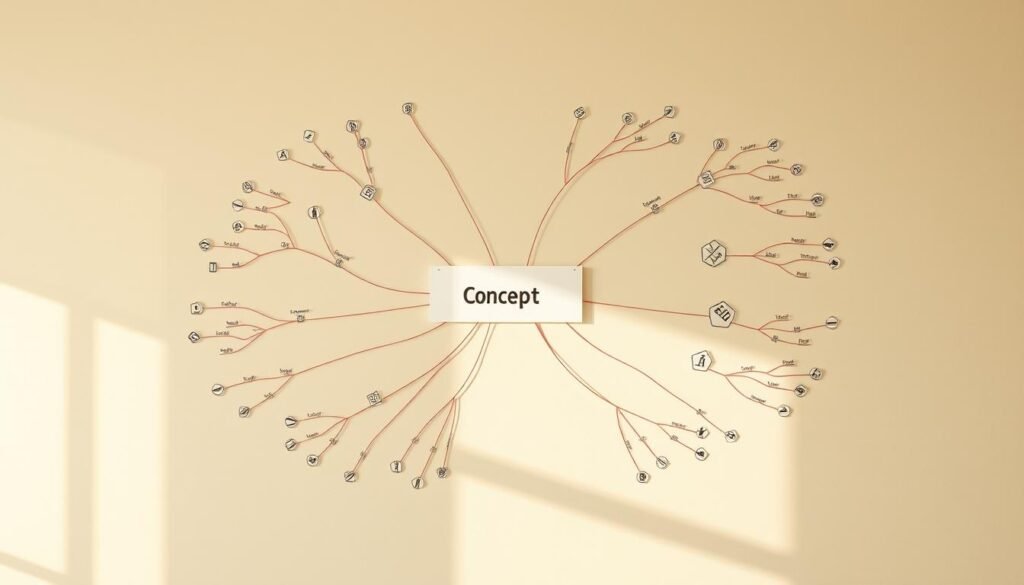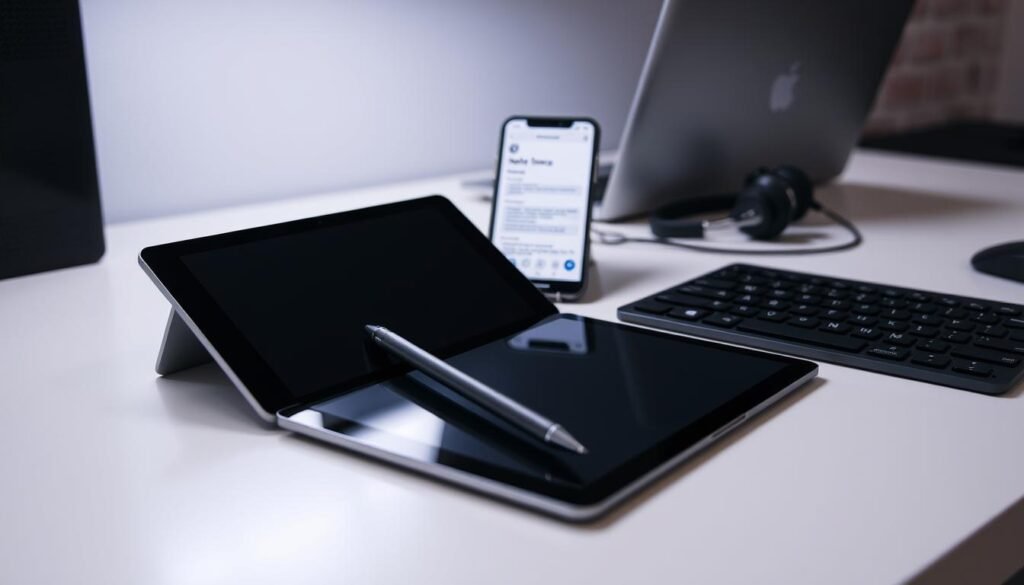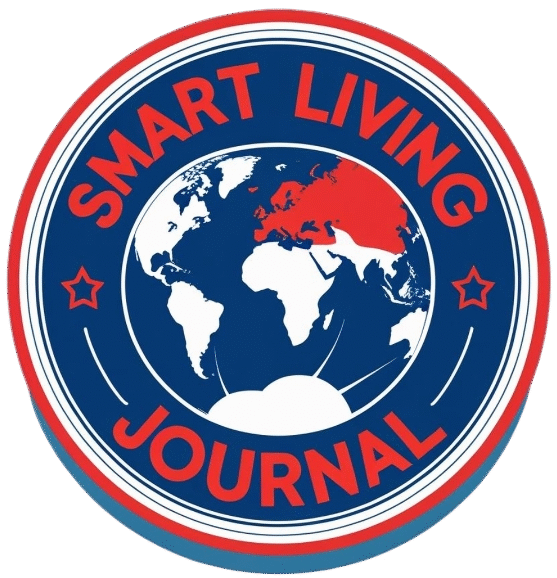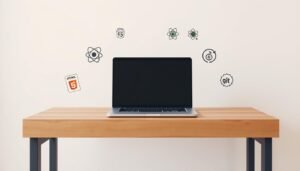Did you know that effective note-taking techniques can significantly enhance your productivity? In today’s fast-paced work environment, staying organized and focused is crucial for achieving goals.
Mastering the right note-taking strategies can help individuals better organize their work, retain information, and stay on track. By adopting the most effective methods, you can streamline your workflow and accomplish more in less time.
By implementing these productivity-boosting tips, you can take your work to the next level. Stay tuned to learn more about the most effective note-taking techniques that can transform your work habits.
Key Takeaways
- Effective note-taking techniques can boost productivity.
- Mastering note-taking strategies enhances organization and focus.
- Streamlining workflow through note-taking can save time.
- Adopting the right methods can improve work habits.
- Productivity is achievable with the right note-taking tools.
Understanding the Importance of Note-taking
Understanding the importance of note-taking can significantly impact one’s ability to learn and retain new information. Effective note-taking is not just about recording information; it’s about engaging with the material, whether it’s during a lecture, meeting, or while reading.
The Benefits of Taking Notes
Note-taking offers numerous benefits, including improved retention, enhanced learning, and better organization. By taking notes, individuals can engage more actively with the material. The Cornell method is one of the effective techniques that can be used for note-taking, providing a structured format for organizing information.
The benefits of note-taking extend beyond the classroom or meeting room. It helps in reviewing and studying material, making it easier to recall important details. Whether using handwritten notes or digital tools, the act of note-taking itself is a powerful learning tool.
| Note-taking Method | Benefits | Best For |
|---|---|---|
| Cornell Method | Organized notes, easy review | Lectures, Studying |
| Mind Mapping | Visual learning, connections between ideas | Brainstorming, Project Planning |
| Outline Method | Structured notes, easy to follow | Meetings, Research |
How Note-taking Enhances Learning
Note-taking enhances learning by promoting active engagement with the material. When individuals take notes, they are not just passively recording information; they are processing and understanding it. This active engagement can lead to a deeper understanding of the subject matter.
The process of note-taking helps in identifying key concepts and organizing them in a way that makes sense to the individual. This can be particularly beneficial when using methods like the Cornell method, which encourages a systematic approach to note-taking.
Note-taking for Better Retention
One of the significant advantages of note-taking is its impact on retention. By actively engaging with the material and recording important details, individuals can improve their ability to recall information later. The act of reviewing notes also plays a crucial role in reinforcing learning and aiding retention.
Using a combination of note-taking methods, such as handwritten notes for some tasks and digital tools for others, can cater to different learning styles and preferences, further enhancing retention.
Popular Note-taking Methods Overview
In the realm of note-taking, several popular methods have emerged as favorites among productivity enthusiasts. These techniques cater to different learning styles and preferences, ensuring that individuals can find a method that suits their needs.
A Quick Look at Top Techniques
Various note-taking methods are available, including the Cornell method, mind mapping, charting, and outlining. Each method has its unique benefits and can be chosen based on individual preferences and needs.
- The Cornell method is known for its structured format, making it ideal for organized note-taking.
- Mind mapping offers a visual approach, great for creative projects and brainstorming sessions.
- Charting is useful for comparing data and organizing information in a tabular format.
- Outlining is a traditional method that helps in structuring notes in a hierarchical manner.

Choosing the Right Method for You
Selecting the right note-taking method depends on your personal preferences, the context in which you are taking notes, and your learning style. For instance, if you’re a visual learner, mind mapping or charting might be more effective. On the other hand, if you prefer a structured approach, the Cornell method or outlining could be the way to go.
It’s also worth considering digital note-taking tools that can enhance your chosen method. Many apps offer features like tagging, searching, and syncing across devices, making it easier to manage your notes.
The Cornell Method Explained
When it comes to structured note-taking, the Cornell method is often considered the gold standard. Developed in the 1950s by Walter Pauk, a professor at Cornell University, this method has stood the test of time due to its effectiveness in organizing and reviewing notes.
Structure of Cornell Notes
The Cornell method involves dividing your paper into three distinct sections: cues, main notes, and a summary. The cues column is typically narrower and is used for keywords, questions, or prompts that relate to the main notes. The main notes section is where you record the primary information, and it should be concise and well-organized. Finally, the summary section at the bottom is used to summarize the key points, providing a quick review of the material.
Tips for Effective Cornell Note-taking
To get the most out of the Cornell method, it’s essential to be consistent and thoughtful in your approach. Here are some tips:
- Use the cues column to record questions or keywords that will help you review the material later.
- Keep your main notes concise and focused on the key information.
- Regularly review your notes and update the summary section as needed.
- Practice active listening and engagement with the material to ensure your notes are accurate and meaningful.
As Walter Pauk once emphasized, the key to successful note-taking is not just in the method, but in how you review and engage with your notes. By following the Cornell method and these tips, you can significantly enhance your learning and retention.
Mind Mapping: A Visual Approach
Mind mapping is an innovative visual technique that has been widely adopted for its ability to simplify complex information into easily digestible maps. This method involves creating a visual representation of ideas, starting with a central concept and branching out to related ideas and subtopics.

Key Elements of Mind Mapping
Effective mind maps incorporate several key elements. They start with a central idea that represents the main topic. From this center, branches or lines radiate out, connecting to related concepts or subtopics. These branches can further divide into smaller twigs, representing more detailed information. The use of colors, symbols, and images enhances the visual appeal and aids in memory recall.
To create a compelling mind map, consider the following:
- Use a clear and concise central image or idea.
- Employ colors to differentiate between main topics and subtopics.
- Incorporate symbols and icons to represent different concepts.
- Keep the map organized by using branches and twigs to structure information.
When to Use Mind Maps
Mind maps are particularly useful in several scenarios:
- Brainstorming sessions: They facilitate the generation and organization of ideas.
- Project planning: Mind maps help in visualizing the scope, tasks, and timelines.
- Note-taking: Especially during lectures or meetings where information is complex and interconnected.
As Tony Buzan, a pioneer in mind mapping, once said, “The brain is a wonderful organ; it starts working the moment you get up in the morning and does not stop until you get to the office.” Mind mapping is a tool that can harness this continuous activity, turning it into productive idea generation and organization.
“Mind mapping is a powerful tool for thinking, learning, and memory. It uses visual imagery and words to create a map of your thoughts, allowing you to organize and structure your ideas in a way that is easy to understand and recall.”
| Benefits | Description |
|---|---|
| Enhanced Creativity | Mind maps stimulate creativity by visually arranging ideas. |
| Better Organization | Information is structured in a clear and accessible manner. |
| Improved Memory | The use of visuals and colors aids in memory retention. |
The Outline Method for Organized Notes
For those seeking a structured way to take notes, the outline method offers a clear and efficient solution. This method involves organizing information in a hierarchical structure, making it easier to review and understand the material.
The outline method is particularly useful for individuals who need to process a large amount of information, such as students or professionals attending lectures or meetings. By breaking down complex information into headings and subheadings, individuals can better comprehend and retain the information.
Best Practices for Outline Note-taking
To maximize the effectiveness of the outline method, several best practices should be followed. Firstly, it’s essential to identify the main topics and subtopics within the material being presented. This can be achieved by listening for key phrases or identifying headings in written material.
- Use clear and concise headings and subheadings.
- Organize information in a logical and coherent manner.
- Review and revise notes regularly to ensure they remain relevant and accurate.
As noted by experts, “The key to successful note-taking is not just to capture information, but to organize it in a way that facilitates understanding and recall.” By following these best practices, individuals can harness the full potential of the outline method to improve their note-taking skills.
“The art of note-taking is not just about writing down everything; it’s about capturing the essence of the information in a way that makes sense to you.”
By adopting the outline method and adhering to best practices, individuals can significantly enhance their ability to take organized notes, leading to improved productivity and better retention of information.
The Charting Method: Efficient Data Organization
When it comes to data organization, the charting method stands out as a highly efficient technique. This method involves organizing information into charts or tables, making it easier to compare and contrast data. It’s particularly useful for data that needs to be analyzed.
The charting method is an efficient way to organize data, making it easier to analyze and compare information. By using charts or tables, individuals can visualize data and identify patterns or trends. This approach is beneficial for studying, research, and any task that requires data comparison.
When to Use the Charting Method
The charting method is ideal for situations where you need to organize and compare multiple data points. It’s commonly used in academic settings for note-taking, especially in subjects that involve a lot of data, such as statistics or science. Professionals also use this method for project management and data analysis.
Key scenarios for using the charting method include:
- Comparing different data sets
- Organizing information for a project
- Studying for exams that involve data analysis
Examples and Templates
To effectively use the charting method, you can create your own charts or tables based on the data you need to organize. For example, you can use a table to compare different features of various products or a chart to track progress over time.
Here’s a simple template for a comparison chart:
| Feature | Product A | Product B |
|---|---|---|
| Price | $100 | $120 |
| Quality | High | Medium |
You can customize this template based on your needs. The charting method’s flexibility is one of its key advantages, allowing users to adapt it to various contexts.

By applying the charting method, individuals can enhance their data organization skills, making it easier to analyze and understand complex information.
The Sentence Method: Quick and Detailed Notes
For those seeking a simple yet effective way to capture detailed information, the sentence method is an ideal choice. This method involves writing down information in complete sentences, making it a straightforward technique for note-taking.
The sentence method is particularly useful for capturing detailed notes quickly. By focusing on complete sentences, individuals can ensure that they record all necessary details without omitting crucial information.
Tips for Utilizing the Sentence Method
To get the most out of the sentence method, consider the following tips:
- Focus on clarity: Ensure that your sentences are clear and concise.
- Use complete sentences: Avoid abbreviations and fragmented sentences.
- Review your notes: Regularly review your notes to fill in any gaps or clarify any unclear points.
When This Method Shines
The sentence method is particularly effective in situations where detailed information needs to be captured quickly, such as during lectures or meetings. It allows for a comprehensive recording of information without the need for complex notation systems.
| Method | Best For | Key Features |
|---|---|---|
| Sentence Method | Capturing detailed information quickly | Complete sentences, straightforward |
| Cornell Method | Organizing notes | Structured format, summary section |
| Mind Mapping | Visual note-taking | Visual connections, creative freedom |
Digital Note-taking Tools
Digital note-taking has become a preferred method for many due to its convenience and flexibility. With numerous digital tools available, individuals can choose the ones that best suit their needs and preferences.
Popular Apps for Note-taking
Several note-taking apps have gained popularity due to their features and user-friendly interfaces. Some of the most widely used apps include:
- Evernote: Known for its organizational features and ability to sync across devices.
- OneNote: Offers a flexible and free-form note-taking environment, integrating well with Microsoft Office.
- Simplenote: A minimalistic app that focuses on straightforward note-taking with tagging and search functionality.
- Notion: An all-in-one workspace that allows notes, tasks, and databases to be managed in one place.
These apps cater to different needs, whether it’s organization, simplicity, or versatility.

Advantages of Digital Over Handwritten Notes
Digital notes offer several advantages over traditional handwritten notes. Some of the key benefits include:
- Ease of Editing: Digital notes can be easily edited, allowing for corrections and updates without the need to rewrite entire sections.
- Organization and Searchability: Digital tools provide features like tagging, folders, and search functions, making it easier to locate specific notes.
- Accessibility: Digital notes can be accessed from multiple devices, ensuring that information is available whenever and wherever it’s needed.
- Collaboration: Many digital note-taking apps allow for real-time collaboration, making it easier to work with others.
By leveraging these advantages, individuals can enhance their productivity and efficiency in note-taking.
In conclusion, digital note-taking tools offer a range of benefits that can improve the way we capture, organize, and access information. By choosing the right app and utilizing its features effectively, individuals can optimize their note-taking practices.
Combining Methods for Custom Solutions
A hybrid note-taking method, which combines the strengths of various techniques, can significantly enhance productivity and retention. By understanding the benefits of different note-taking methods, individuals can create a tailored approach that suits their unique needs.
Creating a Hybrid Note-taking Style
To create a hybrid note-taking style, start by identifying the strengths of various methods. For instance, the Cornell Method is excellent for organizing notes, while Mind Mapping is great for brainstorming and visualizing ideas. By combining these methods, individuals can leverage their benefits.
Here’s an example of how to combine methods:
- Use the Cornell Method for daily notes to keep information organized.
- Employ Mind Mapping for project planning to visualize tasks and deadlines.
- Utilize the Outline Method for studying to structure information hierarchically.
By mixing and matching different techniques, individuals can develop a system that works best for them.
Benefits of a Personalized Approach
A personalized note-taking approach offers several benefits, including improved retention, enhanced organization, and increased productivity. By tailoring the note-taking method to individual needs, individuals can capture information more effectively.
“The key to effective note-taking is not to stick to one method, but to find a system that works for you and adapt it as needed.”
A comparative analysis of different note-taking methods and their benefits is shown in the table below:
| Method | Benefits | Best Use Case |
|---|---|---|
| Cornell Method | Organized notes, easy review | Daily notes, lecture notes |
| Mind Mapping | Visual brainstorming, idea generation | Project planning, creative tasks |
| Outline Method | Structured information, hierarchical organization | Studying, research |
By understanding the strengths of each method and combining them effectively, individuals can create a powerful note-taking system that enhances their productivity and retention.
Tips for Maintaining Note-taking Habits
Consistency is key to effective note-taking. By establishing a routine and regularly reviewing and organizing notes, individuals can maintain good note-taking habits and ensure that their practices remain effective.
Establishing a Consistent Routine
Setting a regular note-taking routine helps to develop a habit. Allocate a specific time and place for note-taking, and stick to it. This consistency will make it easier to maintain note-taking habits over time.
Regular Review and Organization
Reviewing notes regularly is crucial for retaining information and understanding the material better. Organize notes in a way that makes sense, whether it’s by date, topic, or category. This helps in quick reference and reinforces learning.
By implementing these strategies, individuals can maintain their note-taking habits and continue to benefit from their note-taking practices.
FAQ
What is the most effective note-taking method?
How can I improve my retention using note-taking?
What are the benefits of digital note-taking tools?
Can I combine different note-taking methods?
How often should I review my notes?
What is the Cornell method, and how does it work?
How can I use mind mapping for note-taking?
What is the charting method, and when should I use it?
How can I maintain my note-taking habits?
What are some popular digital note-taking apps?
How can I create a hybrid note-taking style?
What are the benefits of summarizing techniques in note-taking?
How can bullet journaling be used for note-taking?
Prabir Dutta
Prabir Dutta is a passionate digital creator, affiliate marketer, and wellness enthusiast who simplifies complex topics like AI tools, Vastu, pet care, and modern living. With a keen eye for SEO, tech trends, and everyday health solutions, he writes to empower readers with actionable, smart-living insights. When not curating content across his network of niche blogs, Prabir enjoys exploring new digital tools that make life easier and more efficient.






